Development and implementation of advanced uses of 5G for emergency interventions in the tunnels of the M-30 in the city of Madrid (version en castellano)
CONTEXT
In the call for proposals CEF-DIG-2023-5GSMARTCOM-EDGE, the EUGENIA Project was presented by the MADRID CITY COUNCIL as COORDINATOR, in collaboration with TELEFÓNICA, as BENEFICIARY, obtaining a score of 22.5 out of 25.
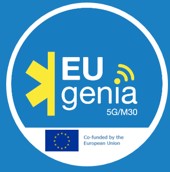

OBJECTIVES
- Providing 5G coverage in the M-30 tunnels to improve medical care in the event of traffic accidents.
- By connecting Advanced Life Support Units with 5G service and high-resolution cameras, this will enable real-time transmission of information from the incident site to the control centre and/or specialised doctor.
- Implementation of a real-time simultaneous translator to overcome language barriers.
In future stages, the project will not only provide coverage and connectivity to all travellers, but will also extend the digitisation of healthcare services to all health centres in Madrid, positioning the city and Telefónica as pioneers in the deployment of 5G in Spain.
CONSORTIUM
Three key players are involved in this project: the MADRID CITY COUNCIL, TELEFÓNICA MÓVILES ESPAÑA S.A.U. and TELEFÓNICA DE ESPAÑA S.A.U.

COVERAGE DEPLOYMENT
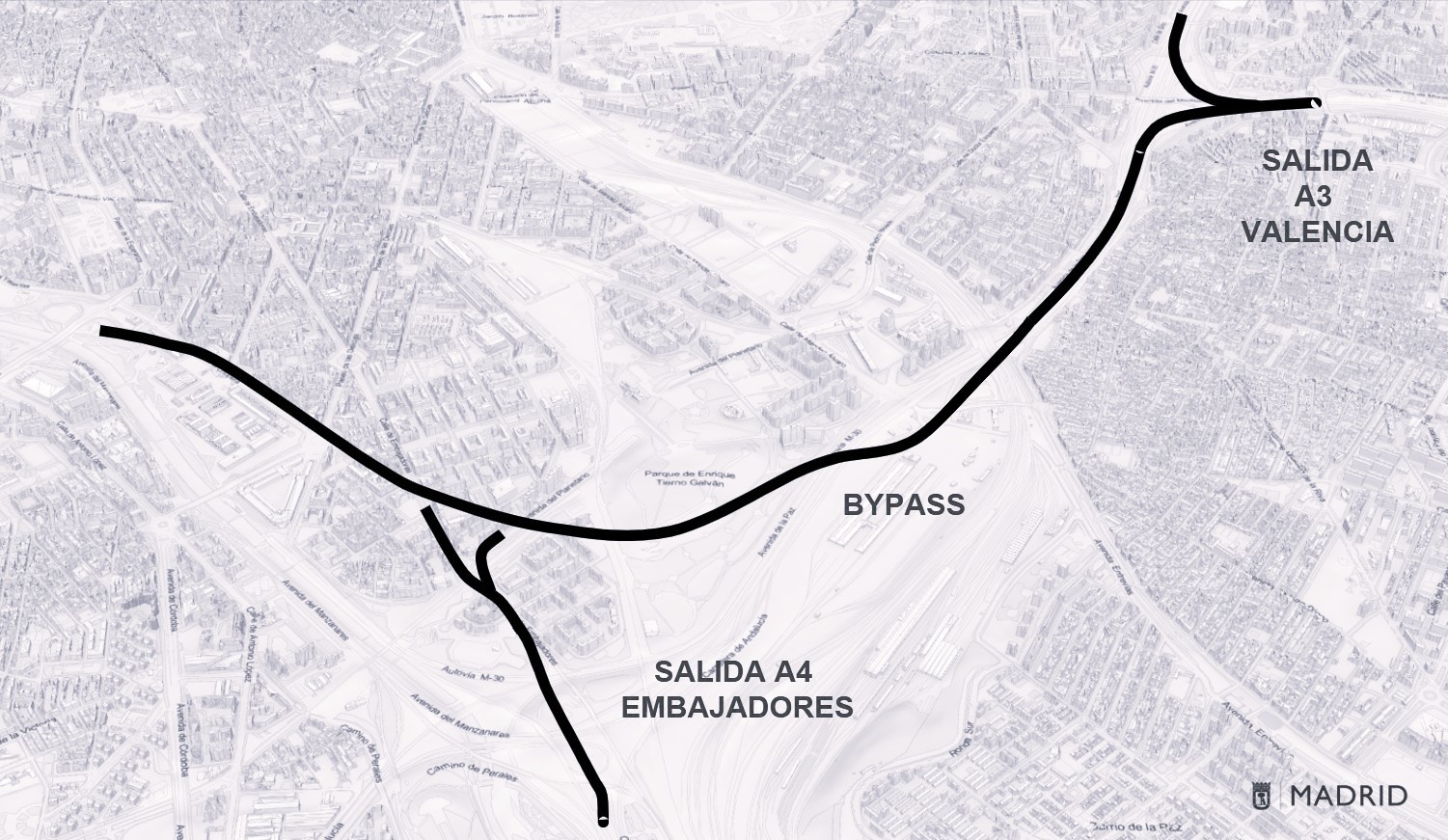
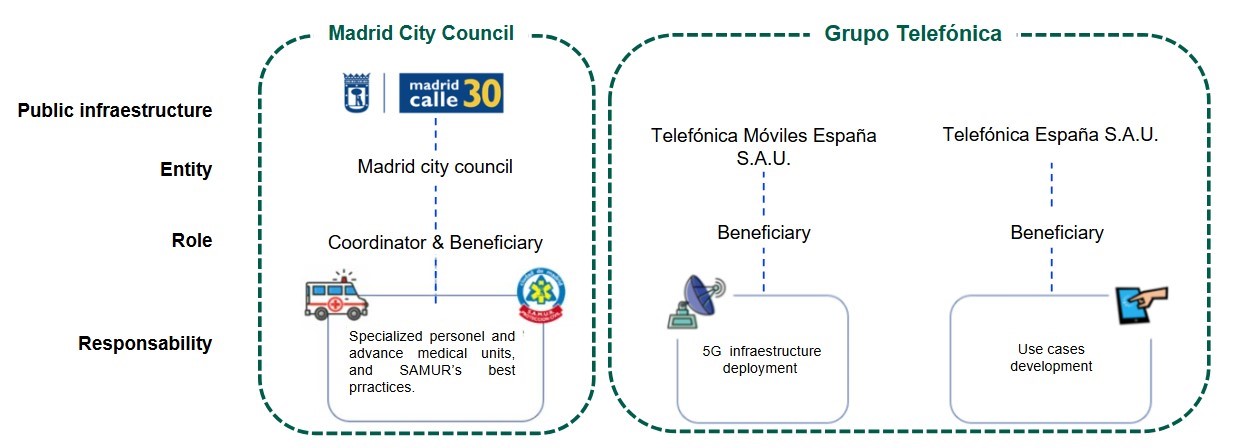
With this project, 5G COVERAGE WILL BE DEPLOYED IN PART OF THE M-30 TUNNELS IN MADRID, an area not currently targeted by major operators, resulting in SAVINGS OF OVER 3 MILLION EUROS for citizens, had it otherwise required a public tender by the City Council.
In addition, the project will lead to the IMPLEMENTATION OF 3 USE CASES FOR EMERGENCY SITUATIONS IN TUNNELS, which are particularly challenging environments due to their enclosed nature.
The aim is to TRANSFORM EMERGENCY MEDICAL CARE in the M-30 TUNNELS through the integration of 5G CONNECTIVITY, improving post-traffic-accident responses by enabling real-time communication with medical centers. It will also pave the way for a future public communication network that will benefit both emergency services and M-30 users.
WORKING PACKAGES
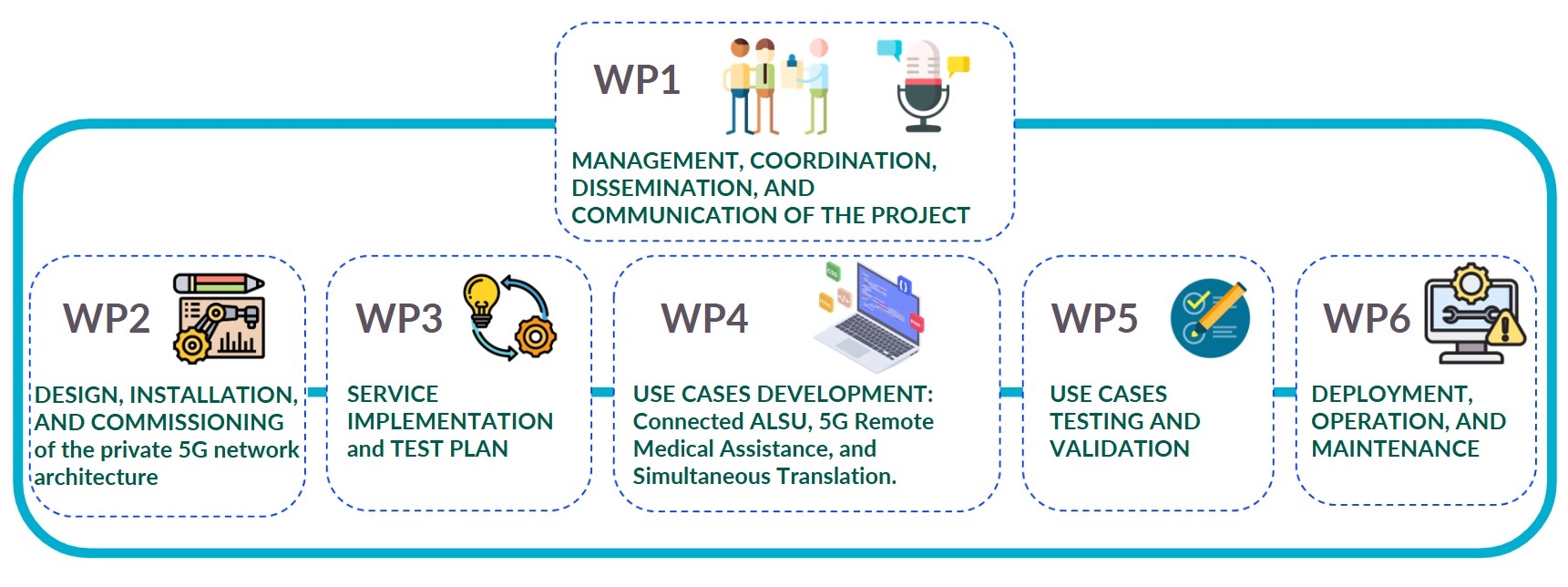
USE CASES
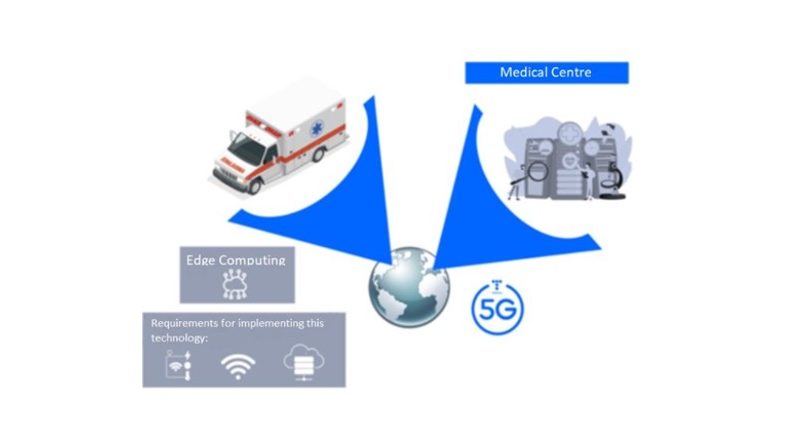
1 - ADVANCED LIFE SUPPORT UNIT CONNECTED
This involves connecting a 5G USVA (Advanced Life Support Unit) to extend its functionalities, enabling REAL-TIME TELEMETRY OF MEDICAL INSTRUMENTATION WITH MINIMAL LATENCY. This connectivity allows access to USVA medical instrument telemetry data from any location, be it a control centre or supervisors en route to the site of interest, through SAMUR operators.
The TES will have a HIGH RESOLUTION CAMERA DEVICE that leaves his hands free and will be able to hold a conversation with the doctor. In addition, an online translation service will be available to assist accident victims who speak other languages.
In addition, advanced medical equipment such as IOT SENSORS will be connected, all linked via the operator’s 5G terminals, so that they can continue to be used when away from the vehicle.
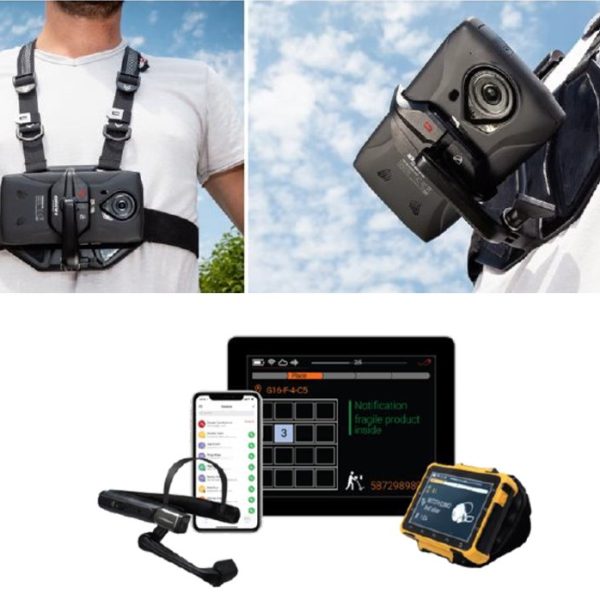
2 - 5G REMOTE MEDICAL ASSISTANCE
Step-by-step guidance directly in the SAMUR operator’s field of vision, replacing error-prone paper lists and enabling hands-free completion of tasks, thus optimising manufacturing processes. This maximises productivity, saving up to 25% time, and reduces errors by up to 50%.
It consists of two main components:
- FRONTLINE COMMAND CENTER:It works as a centralised management dashboard that allows the customer to manage devices and users, create workflows, assign tasks and provide remote support.
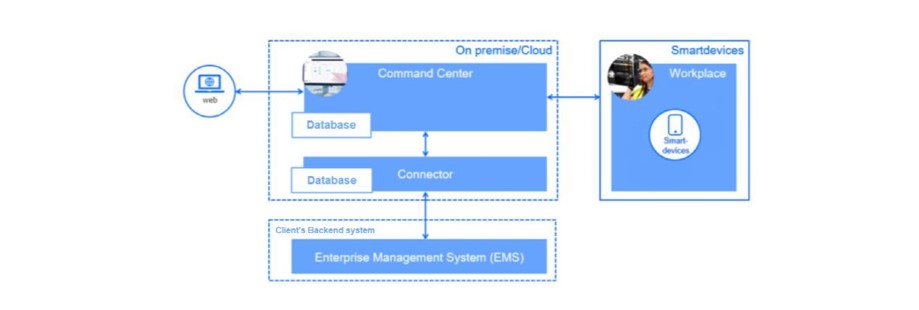
2. FRONTLINE WORKPLACE: Client software that runs on devices such as smartphones or tablets and allows users to access the remote expert’s use case.
3 - SIMULTANEOUS TRANSLATION
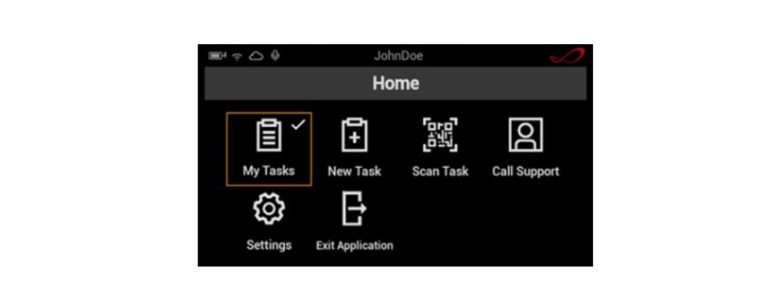
It will involve a mobile application installed on the ruggedised terminal envisaged for the remote assistance use case. This application will allow users to speak in their own language and generate a translated audio with very low latency in the target language.
This will allow SAMUR health professionals to establish real-time communications with the Base 0 teams, obtaining immediate support based on real-time visualisation of the patient’s condition and the activity of the emergency technician or doctor attending the patient.
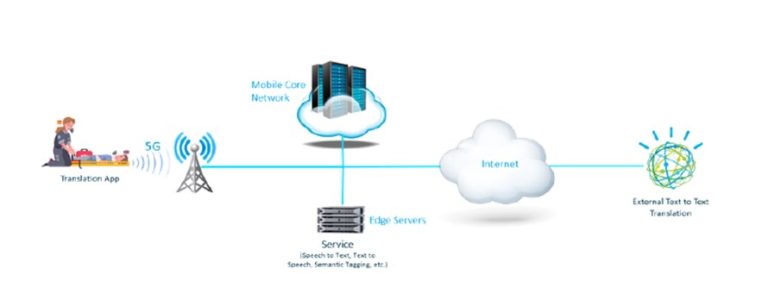
Another initiative by:

